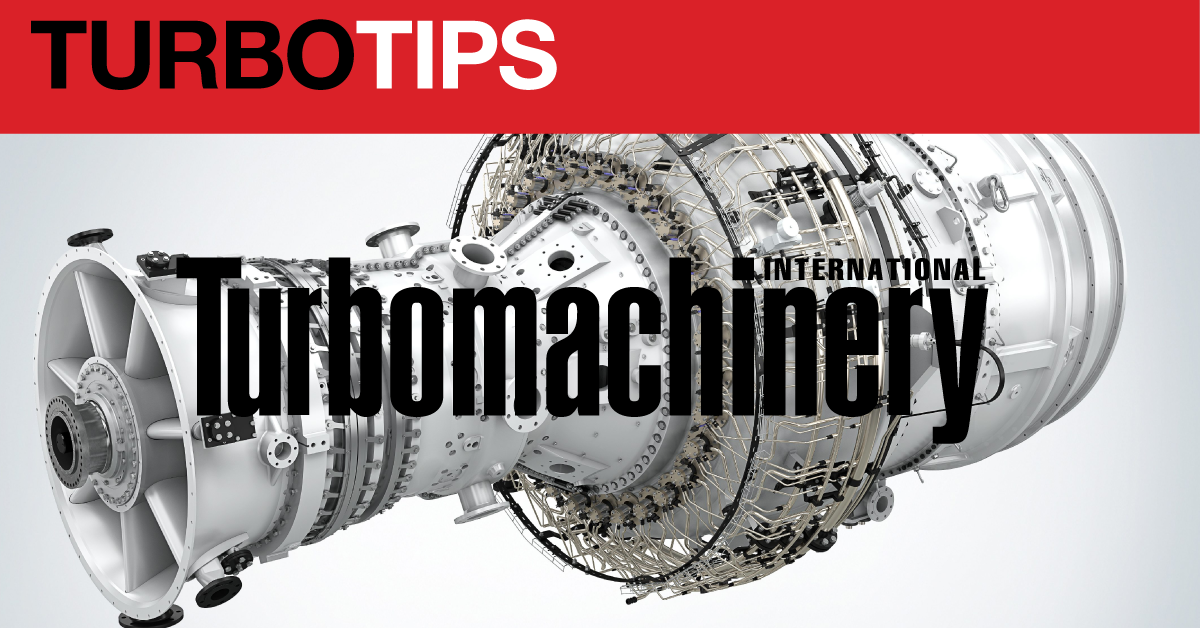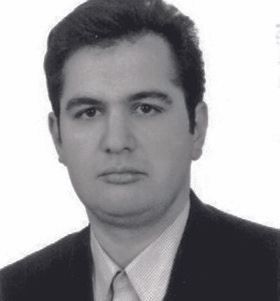Turbo Tips: Comparing Compressors
VSD double-casing vs. integrally geared

Modern centrifugal compressors using double-end variable-speed electric motors are high performance, efficient and reliable options for critical compressor services. The compressor train is usually equipped with two compressor casings coupled through two gear units on either side of a double-end variable speed drive (VSD) electric motor. Alternatively, a high-speed VSD electric motor can be used without any gear unit, or just one gear unit for the high-pressure casing.
A compressor of this type can easily compress a large volume of gas from the atmospheric level to a pressure above 150 Barg using a single train with two compressor bodies (casings), and each casing having eight or nine impellers. For some relatively heavy gases, discharge pressure above 250 Barg could easily be achieved using such a compressor train. Modern electric motor-driven compressors offer high reliability and availability, if designed, manufactured, and operated properly. A single shutdown every four years would not be unusual.
Single-end electric motor-coupled to two or three compressor casings have been the traditional configuration for multi-casing centrifugal compressors. One of the problems with a single-end electric motor has been difficulties in accessing the casings in the middle of the compressor train.
INTEGRALLY GEARED COMPRESSORS
An integrally geared compressor is a multi-shaft centrifugal compressor which has different compressor casings, each driven by a pinion gear through a main gear. This is a cost effective and compact compressor option which offers many advantages. Typical benefits are high efficiency, low cost, lightness, and small footprint. Each individual impeller speed can be selected and optimized for the best overall performance and efficiency. The combined compressor package including intercoolers, aftercooler and piping can also be configurated in a very cost effective and compact unit. So which is best?
For process applications which require dry gas seals, a VSD double-casing compressor train might be a better option since the integrally-geared option might require 10 separate dry gas seals compared to four in a double-casing configuration. In addition, variable-speed operation (which could be in the 70%-105% range of nominal speed for double-casing machinery using a double-end VSD electric motor) might offer greater operational flexibility compared to fixed-speed integrally geared compressors. An integrally geared compressor cannot be variable speed due to complexity and design limitations. They use a less flexible inlet guide vane capacity control method.
In high-pressure process gas applications, the VSD double-casing compressor configuration is often a better option than an integrally geared compressor.
It is true that a compressor string with two gearboxes, two compressor casings and a VSD electric motor might result in a complicated torsional situation. In cases where torsional vibration frequencies coincide with resonance frequencies, large torsional deflections, and internal stresses could be generated. Continuous operation under resonance conditions could result in fatigue failure. Overall, however, the dynamic and torsional situation is less complex compared to the ones of integrally geared compressors.
In alternative configurations, high-speed VSD electric-motors with one gear unit or direct-drive arrangement, the dynamic situation is usually more favourable than with gear units or integrally geared compressors. The elimination of one or both gear units can ease the situation. Such a direct-drive configuration can offer better operation, efficiency and reliability.
Another factor to consider is that VSD electric motors generate pulsating torques. Even if the pulsating torques are very small with respect to the main torque, they can excite compressor train resonances with risks of damage to shafts or couplings. But aVSD double-casing compressor can be configured to improve access to bearings, seals and rotating assemblies. This compressor arrangement typically does not require interconnecting piping to be removed for normal maintenance access. Also, the allowable nozzle loads can be two or three times the allowable nozzle loads as per API-617. All these can offer a better piping, access and maintenance compared to integrally geared compressors, which mandate much lower nozzle loads (API-617 ones or even lower). Too often, expansion joints are needed. As an indication, nearly 50% of large integrally geared compressors in critical services have one or more nozzles with expansion joints.
Integrally geared compressors often use many interstage coolers and particularly large numbers of water-cooled heat exchangers combined in a compact package configuration. For a typical integrally geared compressor, the coolers should be supplied by the vendor, and there are more cooled stages and more coolers. In such a compressor package, though, coolers are usually marginally designed (often with minimum margins), and the interstage piping and associated pressure drops can be minimized by locating the intercoolers close to the compressor.
For some facilities, the use of water cooling isn’t an option. Air coolers should be used. In other units, the number of coolers should be minimized. For these cases, double-casings and four cooled sections might be a better option compared to the five or six cooled sections in an integrally geared compressor package.
For some compressor packages, coolers should be designed and fabricated by specialized cooler manufacturers with large margins and special provisions. There is a necessity to exclude coolers from the compressor vendor scope. The coolers should be ordered separately through a specialized cooler manufacturer under the direct supervision of the purchaser. There is a danger that coolers manufactured by independent manufacturers might not be coordinated to be included in a compact compressor package of a typical integrally geared compressor train. For such cases, an integrally geared compressor may not be a good option. The pressure drops between stages for air coolers, or independently provided water-cooled heat exchangers and associated long piping, can diminish the overall efficiency gains from the integrally geared configurations.
Usually, VSD double-casings compressors offer better operation, flexibility, reliability, and arrangement for high-pressure process gas services. They are recommended for many process services rather than integrally geared compressors.
Integrally geared compressors should be limited to specific applications where they can offer definite benefits. The best way to select between these two options is the evaluation of total cost of purchase and operation. Based on experience in nearly 70% of all high-pressure process gas applications, the VSD double-casing compressor configuration is qualified as a better option compared to an integrally geared compressor. On the other hand, there have been applications and services where an integrally geared compressor can be a better option than a VSD double-casing compressor package. There have been cases where the efficiency, compactness, low weight, and lower purchase price of the integrally geared compressor can offer an advantage over other compressor configurations. There have been cases where an integrally geared compressor was the only viable option for a facility. ■

Amin Almasi is a Chartered Professional Engineer in Australia and U.K. (M.Sc. and B.Sc. in mechanical engineering). He is a senior consultant specializing in rotating equipment, condition monitoring and reliability.
